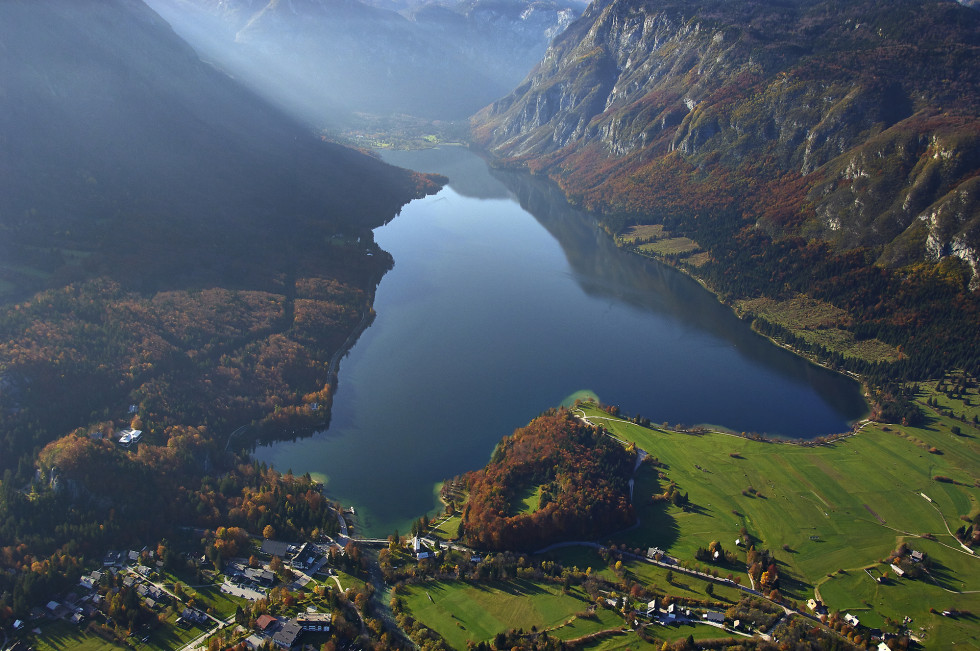Bohinj awarded by the World Tourism Organization
- Ministry of Economic Development and Technology
Last year, the World Tourism Organization prepared, for the first time, a shortlist of candidates for the placement among the best rural destinations, thereby awarding villages and rural destinations which through their tourism operations contribute to the development of their respective regions, preserving their rich natural and cultural heritage in the process. The selection took place on a global scale. Last year saw Solčava and Radovljica make the list, with Bohinj joining them this year. The rankings of all three villages represent a great recognition for Slovenian tourism. The villages, i.e., destinations, that make the list become members of the UNWTO Best Tourism Villages Global Network, which enables knowledge transfer, sharing of good practices, as well as expert training and promotional support provided by the UNWTO.
The BTV initiative comprises three components:
- The already mentioned ‘Best Tourism Villages by UNWTO’ recognises villages that are an outstanding example of a rural tourism destination with accredited cultural and natural assets, that preserve and promote rural and community-based values, products, and lifestyle and have a clear commitment to innovation and sustainability in all its aspects. The recognition is based on the evaluation of their efforts and initiatives in nine areas, which cover the three pillars of sustainable development. As of today, Slovenia has three representatives in the initiative – Bohinj, Solčava and Radovljica.
- The BTV Upgrade Programme benefits a number of villages that do not fully meet the criteria to receive recognition. These villages receive support from UNWTO and its partners in improving elements of the areas identified as gaps in the evaluation process. The village of Gorenja Vas - Poljane was accepted in the Upgrade Programme.
- The ‘Best Tourism Villages by UNWTO’ Global Network provides a space for exchanging experiences and good practices. It includes representatives of villages included in the BTV, as well as of villages participating in the Upgrade Programme. Network members receive expert training and promotional support.
The Slovenian Tourist Board (STO), in cooperation with the Ministry of Economic Development and Technology, conducted the second call for applications in 2022 and selected three destinations, which it nominated for selection by the UNWTO at the international level. In late June 2022, STO submitted the nominations of Bohinj, Podčetrtek and Moravske Toplice to the UNWTO. From these three Slovenian nominations, Bohinj was recognised as a destination that best meets the criteria, which earned it the title and designation of Best Tourism Village. Candidate destinations were evaluated based on several categories: Cultural and Natural Resources, Promotion and Conservation of Cultural Resources, Economic Sustainability, Social Sustainability, Environmental Sustainability, Tourism Development and Value Chain Integration, Governance and Prioritization of Tourism, Infrastructure and Connectivity, and Health, Safety, and Security.
Destinations that meet the following conditions were eligible for candidacy: they have less than 15,000 inhabitants and low population density, are located in an environment where traditional sectors such as agriculture, forestry, livestock farming or fishery are still highly present, and they preserve the way of life and values typical of tightly-knit local communities.


